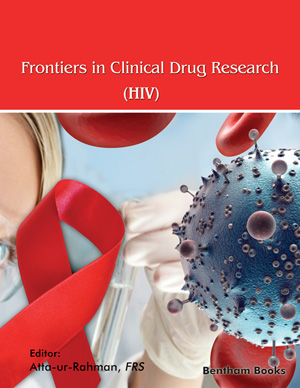Abstract
The emergence and spread of HIV drug resistance (DR) is threatening the global advances gained from antiretroviral therapy (ART) in suppressing HIV-1 infection and reducing AIDS-related morbidity and mortality over the last decade. Next-generation sequencing (NGS) has fundamentally altered the landscape of HIV-1 DR testing through widely and deep sequencing in a much more cost effective and rapid manner. NGS is improving our ability to understand, diagnose, and prevent HIV DR by accurately identifying low abundant (< 20%) HIV DR variants (LADRVs) relevant to ART outcomes. NGS has been increasingly adopted by research and clinical laboratories for research, surveillance, and clinical monitoring of HIV DR in the last decade. However, NGS faces a number of limitations in its application of HIV DR testing, including sequencing error management, standardization of NGS procedures and instruments, external quality assurance of laboratories, computational and bioinformatics challenges. In this chapter, we will review the HIV-1 genotypic DR testing methods with the focus on the main NGS platforms available for HIV-1 DR diagnosis, their characteristics, applications, and limitations. In addition, we will systematically review LADRV in its distribution, prevalence, mechanism, and impact on ART outcomes. In the end, we will review the host factors, including the human leukocyte antigen (HLA), which effects the efficacy of ART.
Keywords: Allele-specific assays, Antiretroviral therapy, Drug resistance, HIV-1, Low abundant HIV-1 drug-resistant variants, MiSeq, Next-generation Sequencing, Roche 454, Sanger Sequencing.






















